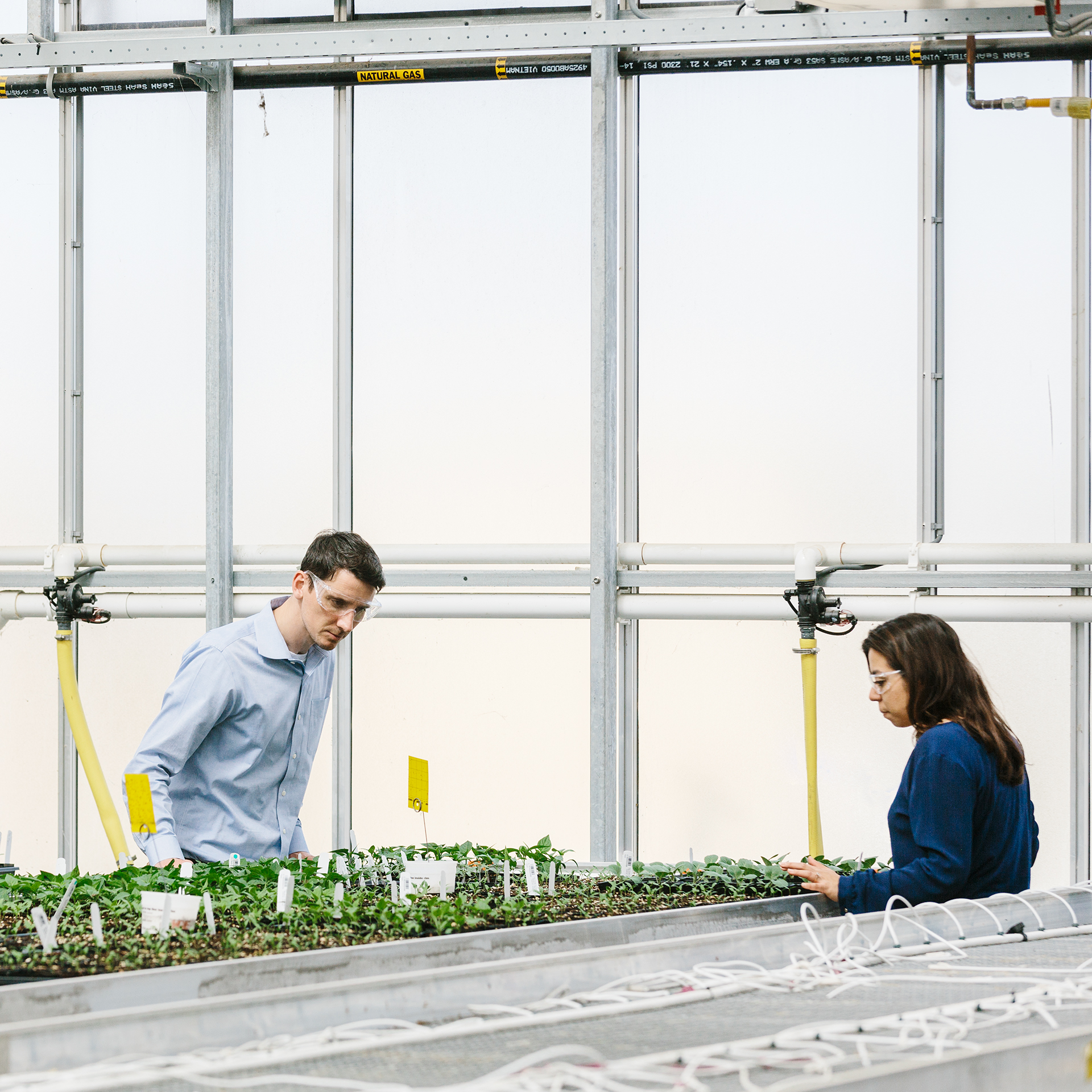In the quest to maximize yield and efficiency, lux meters have become essential tools for growers. With the ability to extend the growing season and speed up production times, these devices provide important information about lighting conditions in greenhouses. Strategic use of supplemental lighting can revolutionize crop production, but requires precise measurement and control of light intensity.
The role of lux meters
Light meters help growers understand how much light their crops are receiving, which is critical to making informed decisions about supplemental lighting. Roberto Lopez, an assistant professor at Michigan State University who specializes in controlled environment specialty crop production, emphasizes the importance of using light meters to get accurate snapshots of light intensity under different conditions.
“You can’t calculate the daylight integral with a hand-held light meter, but it’s a good way to go into the greenhouse and see what the light intensity is when it’s bright outside, or what the light intensity is. when it’s cloudy,” says Lopez. This ability to measure light helps growers decide whether they need to use supplemental lighting or shade curtains to optimize plant growth.
Choosing the Right Light Meter
There are several light meter options available, ranging in price from a few hundred dollars to over $1,000. Lopez advocates using quantum meters instead of standard lux meters because of their ability to measure photosynthetically active radiation (PAR), which is the light spectrum most useful for plant photosynthesis.
“Having a light meter is important, but having a quantum meter is even more important,” he says. A quantum meter provides precise measurements of the amount of light used by plants for photosynthesis, unlike foot-candle meters that measure light visible to humans. Additionally, to ensure accurate readings, it is critical to calibrate light meters for the specific type of lighting used in the greenhouse, such as LED or high-pressure sodium lamps.
Light Measurement Best Practices
Lopez emphasizes the importance of regularly measuring light levels, especially for growers who have invested in additional lighting. He suggests taking measurements at least once a week, especially in greenhouses without automated environmental control systems. Recording these readings helps determine whether the light intensity is sufficient for optimal plant growth or whether adjustments are needed.
“It’s really important to be able to come in at night when the lights are on and take your own measurements,” Lopez adds. By controlling light intensity, manufacturers can calculate daylight integral (DLI) and make decisions based on lighting settings.
For small greenhouse businesses, knowing the light level is no less important. Even with fewer lighting fixtures, the ability to measure and control lighting can have a significant impact on crop health and yield. Growers who do not have this knowledge are at a distinct disadvantage because they cannot effectively optimize growing conditions.
The effective use of lux meters is a game changer in modern agriculture. By providing accurate light intensity measurements, these tools enable growers to optimize the use of supplemental lighting, increase yields and make informed decisions about greenhouse operations. Investing in quality light meters and implementing best practices for regular measurements can lead to significant improvements in crop yields and efficiency.












